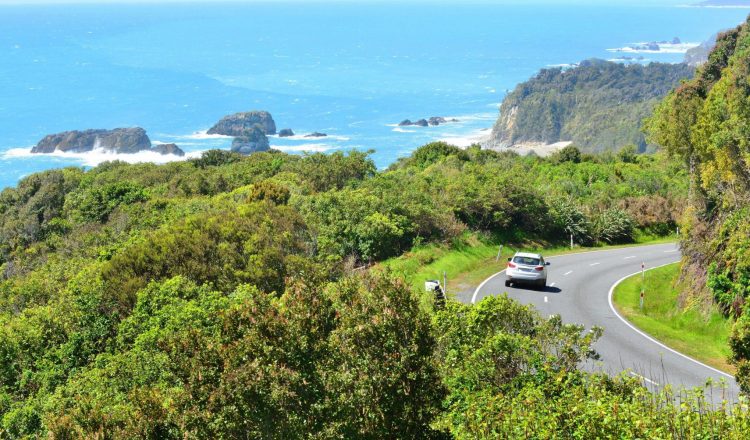在新西兰,汽车保险不是强制性的;但是,强烈建议您购买一些全面保险或第三方保险。
全面或第三方保险
全面的汽车保险涵盖自己的车辆以及其他人的汽车和财产损坏的成本。这可能还包括您的车辆和涉及事故的任何其他车辆中的任何意外伤害和/或死亡。
第三方汽车保险涵盖对他人的汽车和财产的损坏,有时还包括其他车辆的伤亡和/或死亡。但是,它不包括对自己的汽车造成的任何损坏的费用。因此,第三方保险更负担得起。
第三方汽车保险通常可以选择增加火灾和盗窃,这意味着如果汽车被盗或火灾损坏,您的车辆将被保险。
谁被保险?
汽车保险将涵盖司机或车辆。谁或什么被保险人应该在你的汽车保险单中非常明显。
当保险涵盖驾驶员时,这意味着驾驶员在任何车辆上投保,无论是自己的车辆还是精灵。当汽车保险涵盖车辆时,这意味着只有您自己的车辆被保险。尽管如此,这通常意味着驾驶你的车辆的任何人也被保险
条件
确保您仔细阅读保险条件,因为在某些情况下,您的保险可能无效。如果你或你的汽车违反保单的条件,购买汽车保险是毫无意义的,也是浪费金钱。仅举几个明显的例子,您的汽车保险只有在以下情况下才有效:
- 驾驶员持有有效的驾驶执照。在新西兰如何驾驶中了解什么是有效的许
- 该车在安全且适合道路的条件下使用
- 驾驶员不受酒精或毒品的影响
- 您的车辆仅用于个人使用,而不是商业或商业目的
- 你对自己的汽车状况、驾驶历史以及谁驾驶汽车都是真实的。
可证
过剩
在汽车保险的措辞和保单上,你会看到 “过度” 一词。在保险方面,超额是您在提出索赔时支付的损失金额。例如,如果您的金额超过 500 新西兰元且损害赔偿金为 5000 新西兰元,那么您将支付 500 新西兰元,保险公司将支付 4500 新西兰元。
如果你有事故该怎么办?
在所有这些之前,在紧急情况下拨打 111。
如果你涉及车辆事故,请写下事故的所有详细资料,包括其他驾驶员的姓名和联系方式以及所涉车辆的登记执照号码。此外,获取任何证人的姓名和联系方式。
然后联系你的保险公司,保险公司可能会给你一个电话号码进行索赔。

















































